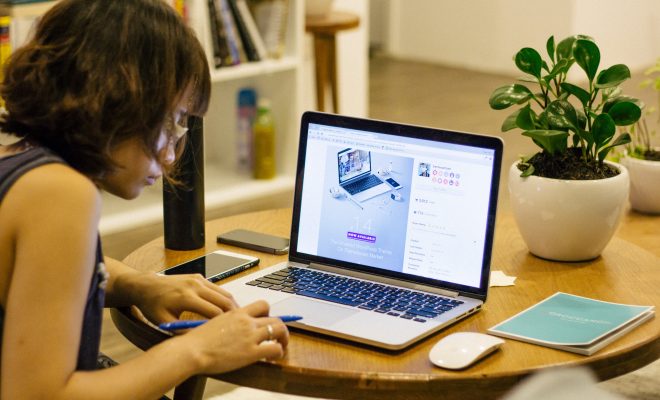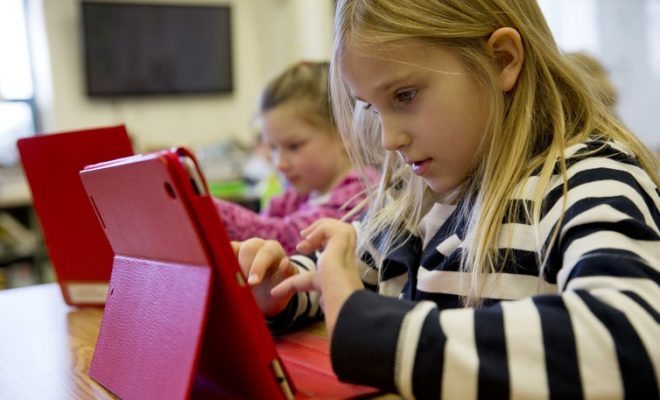What Is the State Of Virtual Reality In the Classroom?

Virtual reality sounds like a far-off futuristic concept. When we hear the words “virtual reality” we may think of people wearing big helmets that transport them to another location from the comfort of their home (or classroom). However, virtual reality is slowly becoming a reality in the classroom. It doesn’t look quite like what you might imagine, but it is improving all the time.
The potential benefits of virtual reality in the classroom are endless. Students from schools all over the world could have access to the same resources and experiences through virtual reality, creating an even playing field like we’ve never seen before in education. Students could use virtual reality to travel back in time and see history come to life, or to take field trips to far-off locations that would cost hundreds to travel to in real life.
There are a handful of companies already working to make virtual reality accessible to classrooms around the world. These programs are still in the early stages, but they are promising, and they hint at what we might see in the future once virtual reality in the classroom takes off.
Google Expeditions
Google is well-known for technology innovation in many areas. From search engines to self-driving cars, Google is on the cutting edge. So it’s no surprise that Google is jumping into the realm of virtual reality in education.
Google’s Expeditions app allows students to take virtual reality field trips. It’s designed to be an affordable entry into the world of virtual reality for educators. The app can run on just about any smartphone. Students just need Google’s Cardboard, a virtual reality viewer made of cardboard and available through Google for about $15 each. Schools can also choose to buy kits that come with phones, Cardboard viewers, and a tablet for teachers to lead expeditions.
Considering that Google Expeditions is fairly new, there are a surprising number of virtual trips available. Students can take a trip through a virtual underwater shipwreck or coral reef. They can walk through the Coliseum in Rome, or look around Pearl Harbor to learn about World War II.
Students aren’t limited to real places, either. They can travel back in time to see history unfold before their eyes, or take a virtual trip through the human body. Trips like this would never be possible without virtual reality.
Unfortunately, there aren’t many interactive elements to the Google Expeditions experience yet. Students can visit places, but they can’t interact with their environment like they might on a real field trip. In this way, virtual reality is still catching up to the real world.
Nearpod
Nearpod is a platform for teachers to create interactive online lessons for students. It’s a bit like PowerPoint, if PowerPoint allowed students to move at their own pace and included interactive elements. The folks at Nearpod are also working on incorporating virtual reality into the platform with Nearpod VR.
Nearpod VR allows teachers to create lessons that contain virtual reality content. Students might read an article about ocean ecosystems, then put on their virtual reality headset and take a trip to the bottom of the sea. It’s a good balance between the pure fun of virtual reality and more traditional educational activities, and it’s certain to appeal to teachers and students alike.
However, Nearpod is not a free service, and the Nearpod VR service comes at an additional cost. If you want to get in on the cutting edge of virtual reality in the classroom, you’ll have to be willing to pay.
For now, virtual reality in the classroom might not be a reality for all schools. It can be costly and limited in its uses. But educators should take note—virtual reality is becoming more sophisticated and accessible, and it may soon be as common as computers in classrooms.
How do you envision virtual reality in the classrooms of the future? Let us know how you think virtual reality could be used in the classroom in the future, or tell us how you’re using it today.





